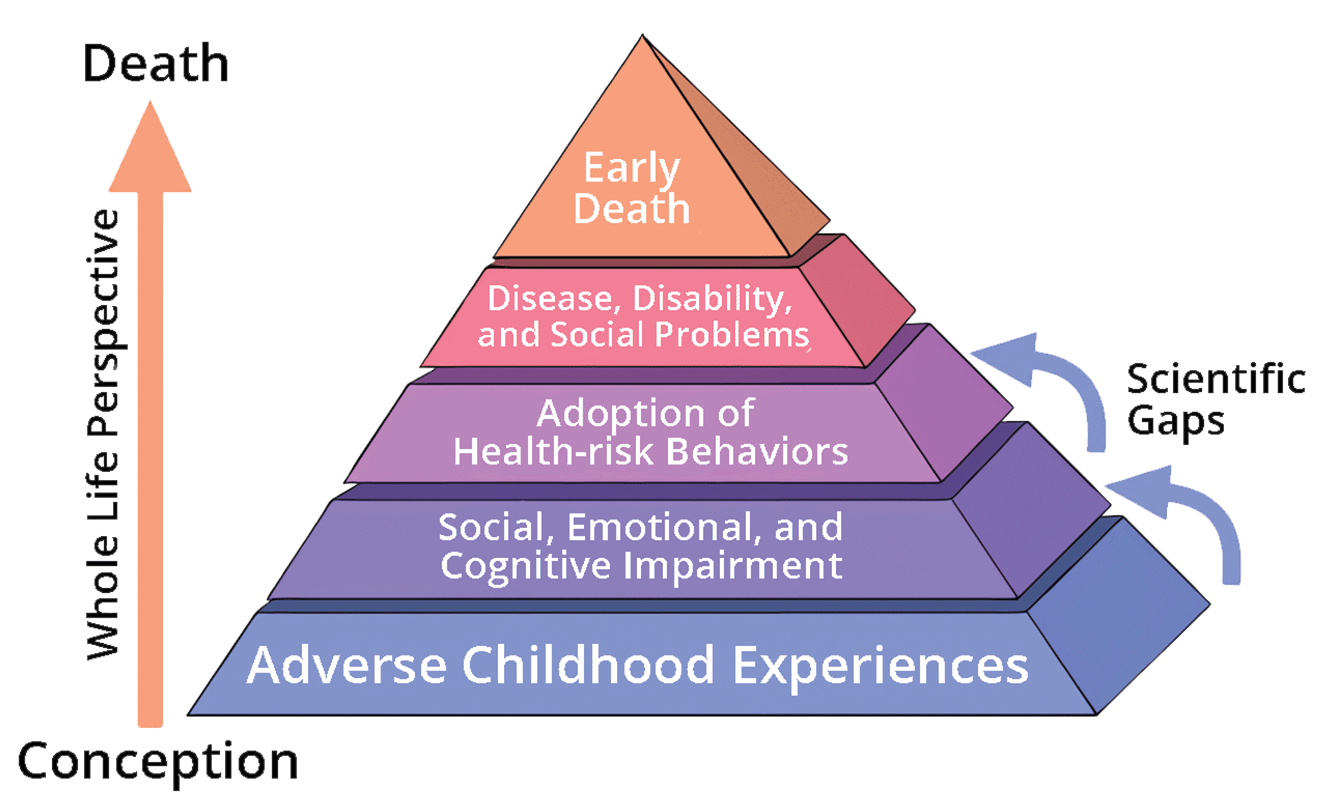 |
| Pope Francis, who died earlier this year |
One of them, an expert in the law, asked [Jesus] a question to test him: "Teacher, which commandment in the law is the greatest?" Jesus said to him, "'You shall love the Lord your God with all your heart and with all your soul and with all your mind.' This is the greatest and first commandment. And a second is like it: 'You shall love your neighbor as yourself." On these two commandments hang all the Law and the Prophets." (Matthew 22: 35-40)
Way back in 2005, when Benedict XVI became Pope after the death of John Paul II, I expressed ambivalence to a friend about the new Pope's reputation for orthodoxy. The friend responded something to the effect that the Roman Catholic Church has its own imperatives, and since I'm not Catholic (true), it's really not my business.
I don't remember much from Benedict's eight-year papacy, but the emergence of his successor as a world leader of the first rank showed something I at least was not seeing in Benedict. Ten summers ago I eagerly devoured Laudato si' (Praise Be to You), Francis's second and best known encyclical, and later would read The Name of God is Mercy (Random House, 2016), which accompanied his declaration of 2016 as an International Jubilee of Mercy.
The revolutionary nature of Francis's papacy can certainly be overstated, as indeed can Benedict's orthodoxy. What made Francis such a consequential figure for Catholics and non-Catholics alike was not a shift in doctrine but a shift in emphasis, away from rules and towards caring. He spent many of the early sections leading up to a declaration that God has a "loving plan in which every creature has its own value and significance" (para 76). Each human has a duty of care to every other human and to the natural world. None of his recent predecessors, whom he cites along the way, would have disagreed with that proposition, but by centering it in his ministry Pope Francis became such a consequential figure.
Pope Francis also centered the quality of mercy in his ministry; in calling for a Jubilee of Mercy, Francis argued that mercy is the paramount value of the Christian faith, and the major way in which God's followers manifest God in the world.
(In my home state of Iowa this week, we're seeing quite a different approach from Republican U.S. Senator Joni Ernst, who invoked her "Lord and Savior Jesus Christ" while advocating massive cuts in Medicaid, the federal health care program for poor people (Henderson 2025, Alfaro 2025).)
Becoming Pope brings the opportunity to speak globally as the leader of a substantial body of Christians. No other Christian has a similar position; the fragmented and fractious Protestants have a collective action problem, as for that matter do Muslims. Unfortunately, for many years the loudest Protestant (and Muslim) voices have been angry and prejudiced and clannish, hardly a good witness for a merciful God. (Hence we have Senator Ernst, as mentioned above, or Vice President J.D. Vance claiming that St. Augustine advocated caring less about people not in your immediate family.)
What Francis was able to do as Pope was to be that good witness for Christianity, often loudly. This is not to be naive about the institutional failings of the Catholic Church, with which Pope Francis struggled, not always successfully. But the overarching message of his papacy was a constant challenge to treat each other well, not overlooking how we design our places. Indeed, among his statements in Laudato si' was this urbanist nugget:
Many cars, used by one or more people, circulate in cities, causing traffic congestion, raising the level of pollution, and consuming enormous quantities of non-renewable energy. This makes it necessary to build more roads and parking areas which spoil the urban landscape. (para 153)Subtract Francis's voice from the last 12 years, and who is filling that role, so prominently and consistently and persistently?
So, from this non-Catholic, thank you to Pope Francis for twelve years of world leadership, and much joy in whatever the afterlife brings.
.jpg/960px-Pope_Leo_XIV_3_(cropped).jpg) |
| Pope Leo XIV (Wikimedia commons) |
To the new Pope, Leo XIV, you have big shoes to fill, as I don't need to tell you. May your ministry, in spite of all administrative demands, continue to center love and mercy in your message to the world! And may your hometown White Sox return to winning ways soon.
SEE ALSO: Willemien Otten, "A New Pope, A New Dawn," Sightings, 29 May 2025
















.png)



















